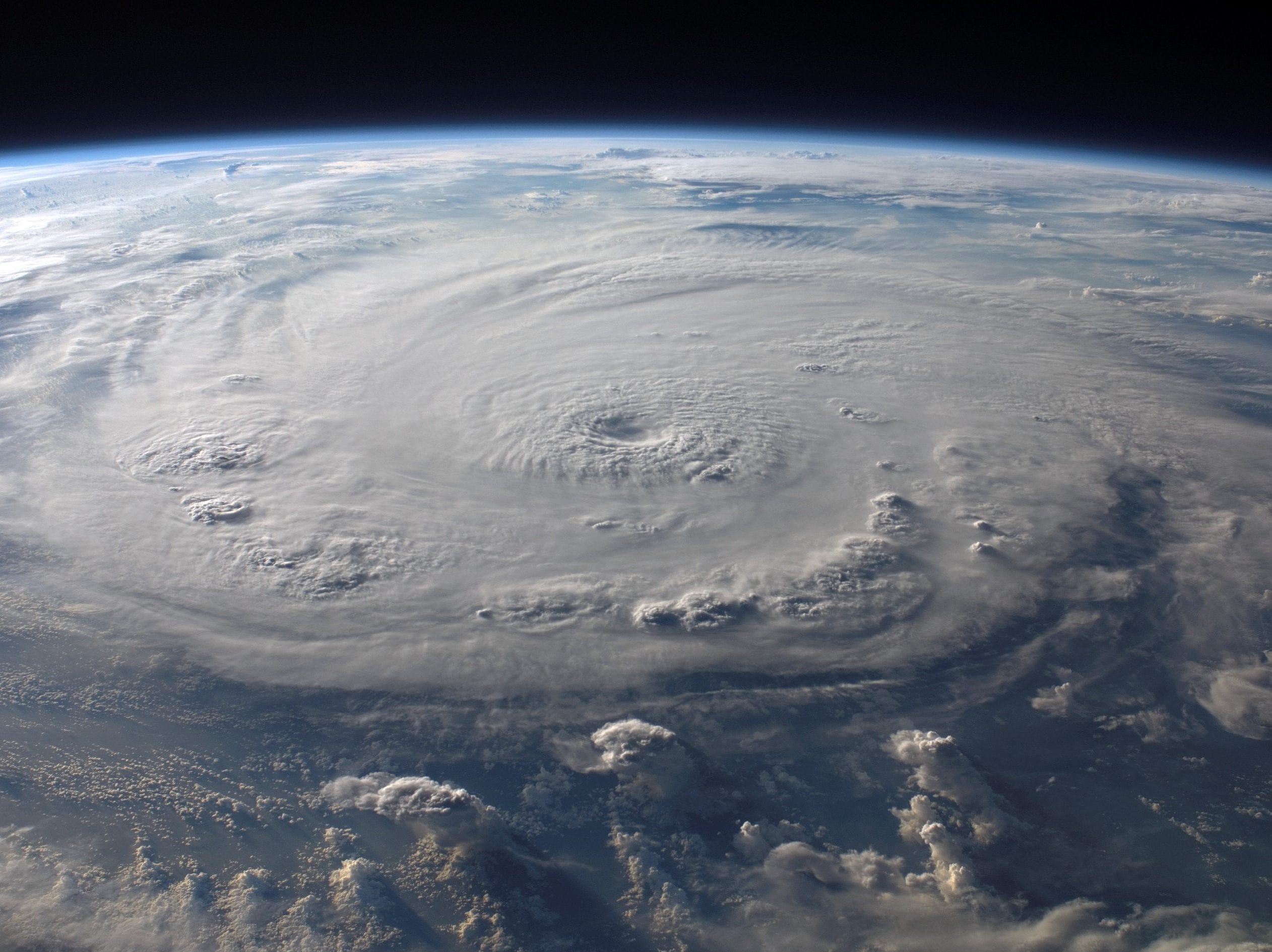Lab Disaster Planning
With Hurricane Season still upon us, and Hurricane Florence expected to hit the East Coast later this week, it’s important to remind laboratories of all sizes and specialties how important it is to have an emergency plan in place before disaster strikes. Research laboratories should take extra care to ensure their samples and hard work can be saved in the event anything happens to their facility when natural disaster strikes. Solid preparation will allow research to continue after the disaster has passed. A few simple steps can go a long way. Back up all electronic data in multiple places; this should include a shared computer drive, your cloud system, as well as a thumb drive and/or portable hard drives which can be taken with you when the lab is evacuated. Redundancy in multiple back ups, in multiple locations is a best practice in case one of your backups is lost or damaged.
- Refill liquid nitrogen tanks. Check your equipments’ operating manuals to confirm the highest level of liquid nitrogen they can handle, but also make sure backup liquid nitrogen is not only on hand, but also easily accessible. Depending on the severity of the disaster, your lab may still be left without electricity for an extended period of time. Having extra liquid nitrogen can be the difference to losing all of your samples or none of your samples.
- Do your best to preserve frozen samples. Make sure all freezers are plugged into emergency outlets and move as many samples from electric freezers to liquid nitrogen freezers as possible (based on the tolerance of the specific samples). Liquid nitrogen is the safest storage option for any samples that can tolerate that temperature. While having access to emergency power is ideal – generators require fuel, and if you are unable to refill the generators before power is restored, all of your samples have the potential to be lost.
- Send critical samples off-site to be stored. If there are samples that cannot easily be duplicated, are not commercially available, and are critical to your research, consider sending a selection of samples to a colleague in a different region. If this option is not available to you, research organizations that specialize in long-term storage that are also located outside of your region.
- Relocate research animals. When Tropical Storm Allison hit Huston, Texas in 2001 the University of Houston Medical School experienced severe flooding. The basement of the school – where all of their animal research was housed – was completely filled with water. Research animals shouldn’t just be relocated to upper levels of a building in the event of an emergency, but should avoid being stored in the basement at all, if possible.
- Final steps before evacuating:
A. Take photos of all equipment and where it is located in the lab so that, if the worst should happen, they can serve as proof to insurance companies that the equipment was in good shape prior to the disaster.
B. Make sure current chemical and reagent lists are also updated for the same purpose, as well as to provide an accurate list for firefighters and first responders in the event they need to enter the lab for any reason during the disaster.
C. Unplug all equipment that does not need to stay plugged in and move it away from windows. Cover all equipment, including computer equipment, with secured plastic and move all equipment as far off of the floor as possible.
D. Check into the policies of your lab’s location/institute regarding assigning one lab member as an essential personnel to allow them to come check on the lab as soon as possible after the disaster has passed.Make sure laboratory contact lists are updated and ensure all lab members have copies so that they can check in with one another after the disaster has passed.














